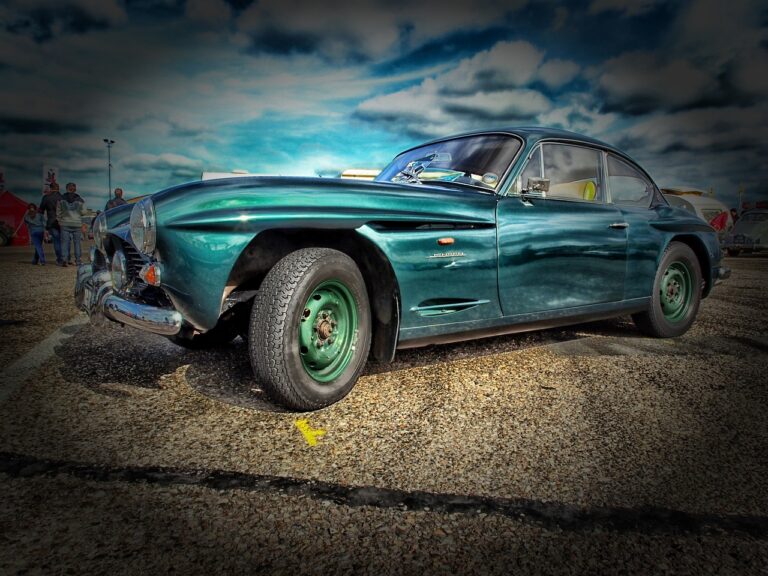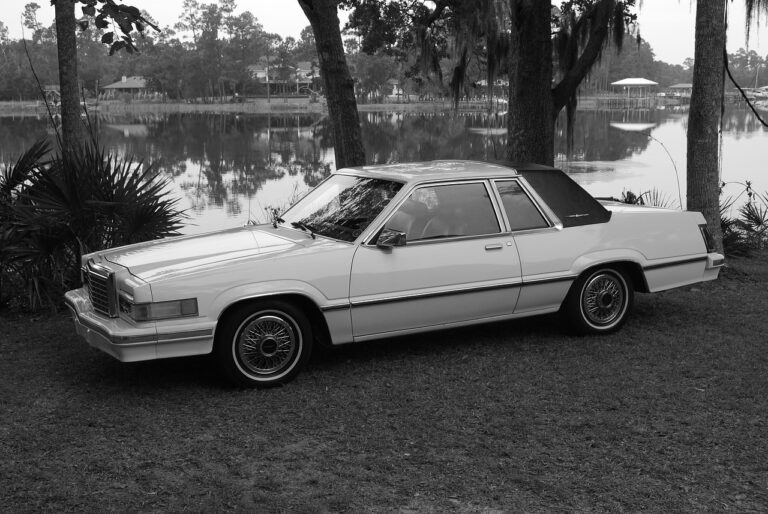The Evolution of Car Safety Cage Design: From Roll Cages to Integrated Structures
Roll cages have been a crucial element in car safety design, particularly in motorsports, where the risk of rollovers is higher. Initially created to prevent the roof from collapsing in case of a rollover, roll cages have evolved significantly over the years. They now serve a dual purpose of not only protecting the occupants in case of a crash but also enhancing the structural rigidity of the vehicle.
The evolution of roll cages has seen a shift towards custom designs that are tailored to specific vehicles and scenarios. Advanced materials, such as high-strength steel and carbon fiber, are now being used to construct roll cages that are lighter yet stronger than their predecessors. Additionally, computer-aided design and simulation tools have enabled engineers to optimize the shape and placement of roll cages for maximum effectiveness in enhancing vehicle safety.
• Roll cages have been a crucial element in car safety design, particularly in motorsports
• Initially created to prevent the roof from collapsing in case of a rollover
• Roll cages now serve a dual purpose of protecting occupants and enhancing structural rigidity
• Evolution has seen a shift towards custom designs tailored to specific vehicles and scenarios
• Advanced materials like high-strength steel and carbon fiber are being used for lighter yet stronger roll cages
• Computer-aided design tools help engineers optimize shape and placement for maximum effectiveness
Benefits of Integrated Safety Structures in Vehicles
In modern vehicle design, the integration of safety structures has become a crucial element in enhancing overall driver and passenger protection. By incorporating safety features directly into the vehicle’s framework, manufacturers are able to ensure that the entire structure is reinforced and optimized for impact absorption in the event of a collision. This integrated approach not only enhances the overall safety of the vehicle but also contributes to a more rigid and stable chassis, improving handling and reducing the risk of rollovers.
Furthermore, integrated safety structures play a key role in minimizing the effects of crashes on occupants by dispersing the force of impact more effectively throughout the vehicle. This distribution of energy helps to reduce the likelihood of severe injuries by providing a comprehensive system of protection that extends beyond traditional safety features such as airbags and seat belts. As a result, vehicles equipped with integrated safety structures offer not only enhanced safety but also a more holistic approach to protecting those inside the vehicle.
Impact of Technology on Car Safety Cage Development
With the continual advancements in technology, the development of car safety cages has seen significant improvements over the years. One key aspect that has been revolutionized by technology is the materials used in constructing these safety structures. Stronger and lighter materials, such as high-strength steel and carbon fiber composites, have been integrated into the design of roll cages to enhance both the strength and weight efficiency of the overall structure.
Furthermore, the utilization of computer-aided design (CAD) and finite element analysis (FEA) software has played a crucial role in optimizing the shape and structure of car safety cages. These tools enable engineers to simulate various crash scenarios and analyze how the cage will behave under impact, allowing for more precise designs that can better protect passengers in the event of a collision. By leveraging technology in the development of car safety cages, automotive manufacturers can continue to enhance the safety standards of vehicles to better protect occupants on the road.
What is the evolution of roll cages in car safety design?
Roll cages have evolved from simple metal bars to integrated safety structures that help distribute impact forces in case of a crash.
What are the benefits of integrated safety structures in vehicles?
Integrated safety structures provide better protection for occupants, reduce the risk of injury during a crash, and improve overall vehicle stability.
How has technology impacted car safety cage development?
Technology has allowed for the use of advanced materials, such as high-strength steel and carbon fiber, in car safety cage development, leading to stronger and lighter structures. Additionally, technologies like computer simulations and crash testing have helped in optimizing the design of safety cages for maximum protection.







